We went on a family vacation in June but we misplaced that little digital disc to the camera until this week. I'd like to share a few pixs.
For about 30 years starting in the middle of the 1960s, the area of the plains around Rapid City was one of the most powerful nuclear regions in the world (1 bomber base, 1 missile wing), only eclipsed by North Dakota (2 bomber bases, 2 missile wings). The Ellsworth AFB had 150 Minuteman II ballistic missiles carrying a single nuclear warhead (the later variant, Minuteman III carried (carries) a MIRVed warhead). They were spread out in 3 large clusters (see map) east, northeast, and north, northwest of Rapid City.
http://www.nps.gov/mimi/planyourvisi...e-Wing-Map.png
While these were still active, I had driven past a number of them (100 meters from the perimeter fence or less) antelope hunting or even walked past them, just making sure not to go over and shake the fence. Trying to enter one of the perimeters would mean a certain visit by AF security with heavy armed vehicles within minutes, even in the remote boonies of w. SD. You just took the missile silo presence as part of the Cold War landscape.
In the 1990s, the Minutemen IIs were decommissioned and under treaty with Russia, the missile silos were destroyed after the weapons were removed, all except one, which being right off of I-90 and next to Badlands National Park was turned into a National Historic Site, along with its launch control facility about 10 miles away. On the way home from the Black Hills, we stopped at the missile silo part of the NHS and checked it out. Didn't stop at the launch facility which takes more time but visitors can go 90 feet below ground to view the dual seated launch panel. Maybe another time. Here are the boys checking silo "D-9" out.
the top of the dummy missile left in place inside the silo with the new plexiglass cover so people can see it.
a view further back
the blast door of many tons of concrete that would have slid open on rails so the missile could have been fired. All of this among the peaceful sounds of the short-grass prairie and the sound of I-90 traffic about 600 yards away.
A few days earlier we had visited Custer State Park which I believe is the 2nd largest state parks in the US next to New York's Adirondacks. CSP is divided about in half between the mountainous/hilly Black Hills and the open plains at the foothills. CSP is home to one of the largest "wild" bison herds in the U.S., just a glimpse of what was the North American Great Plains "Serengeti" that at one time was home of hundreds of millions of critters (if you include all the prairie dogs) of buffalo, elk, antelope, mule deer, grizzly bears, wolves, coyotes, swift & kit foxes, badgers, black footed ferrets, burrowing owls, golden eagles, and of course p. dogs. All the species are still in the GP (except the bears and wolves) but most at greatly reduced numbers. Seeing a 100+ head of bison lounging around allows a person to imagine what the region looked like a little bit in the past.
And what would a trip be to the Black Hills without a stop at Mount Rushmore. If you've never been, I encourage you to do so. Interesting place, as much about all the people from all over the country and the world that stop by as it is about the faces of the presidents. One of the amazing facts is that it was carved by a surprisingly small group of guys in about 15 years!
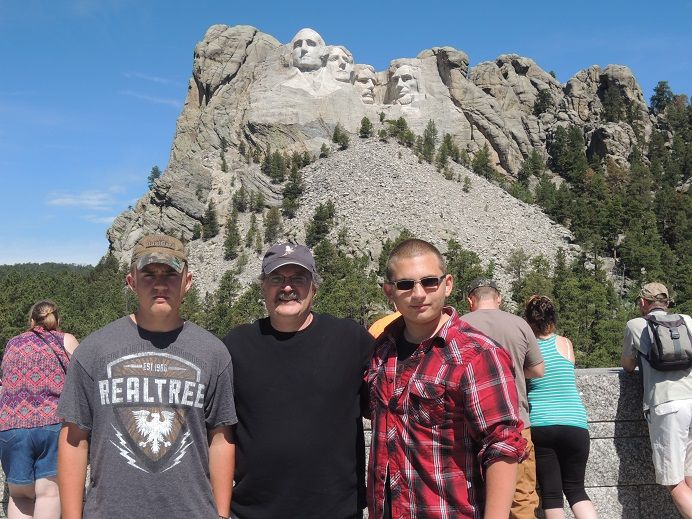








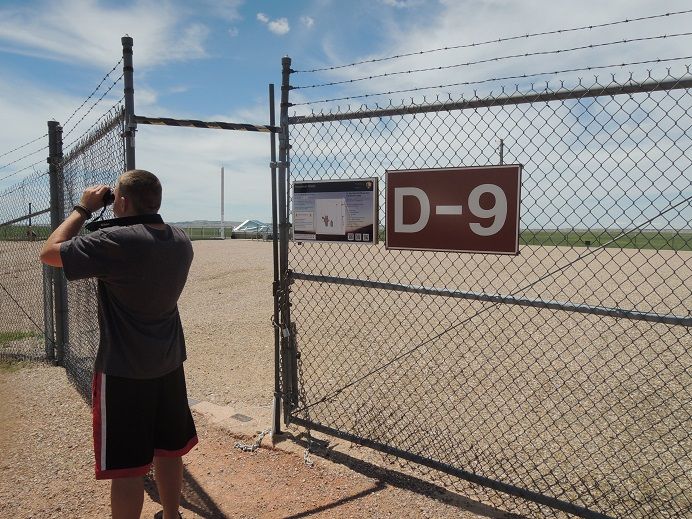
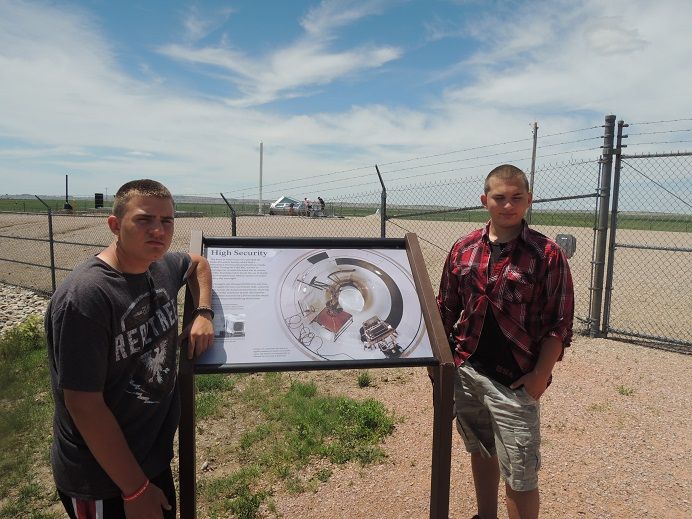
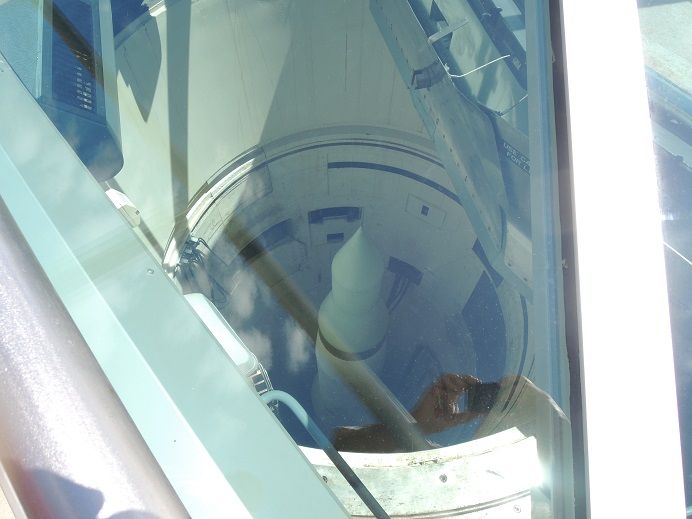
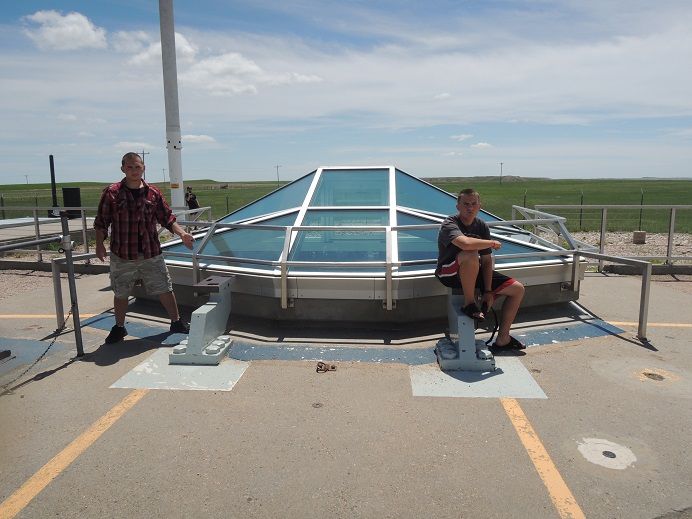
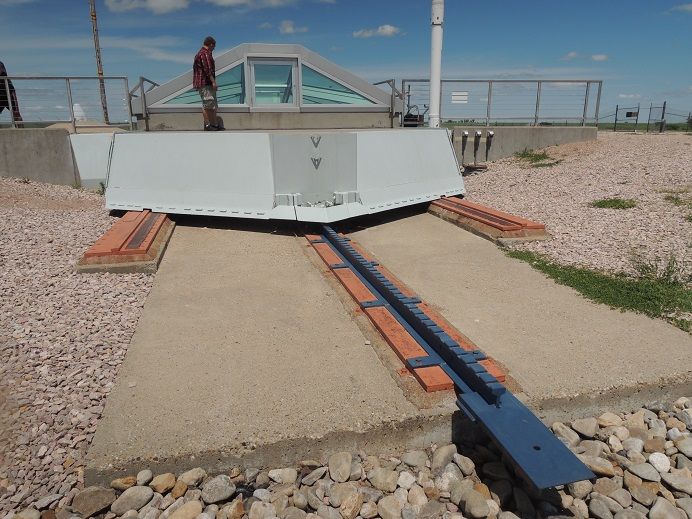
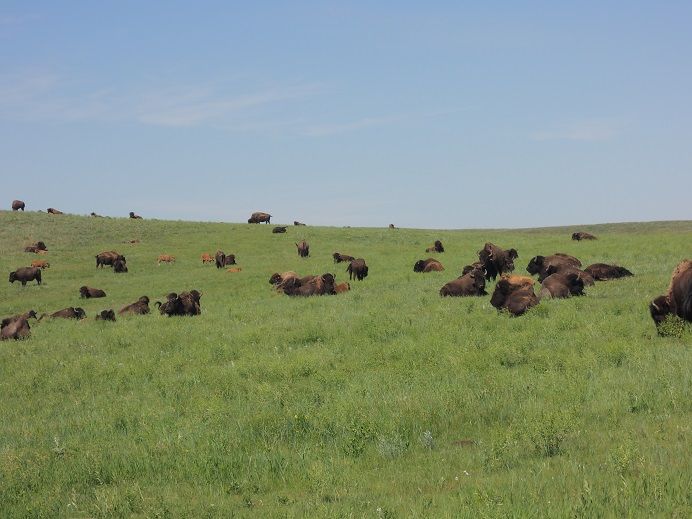


 Register To Reply
Register To Reply





Bookmarks